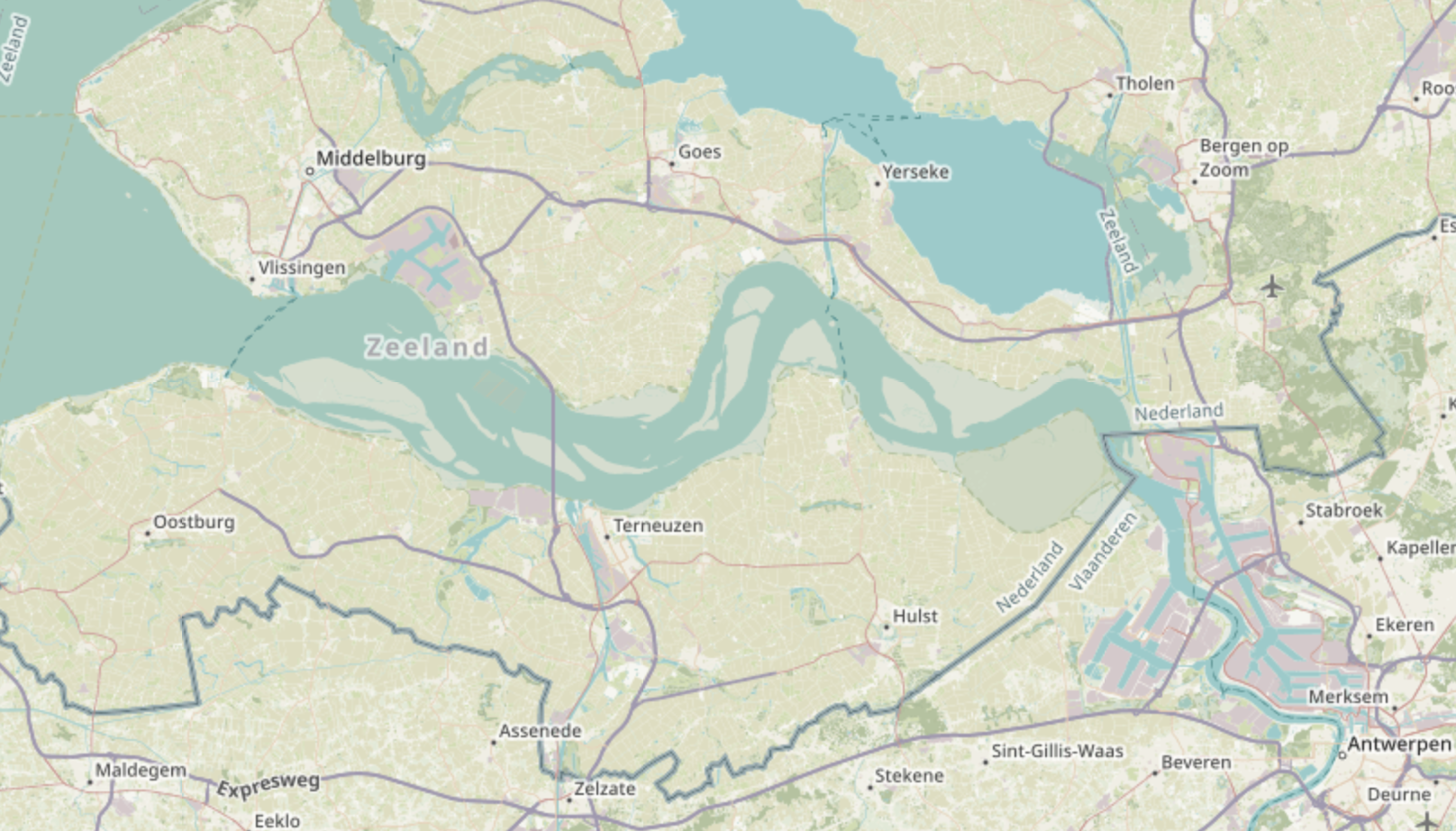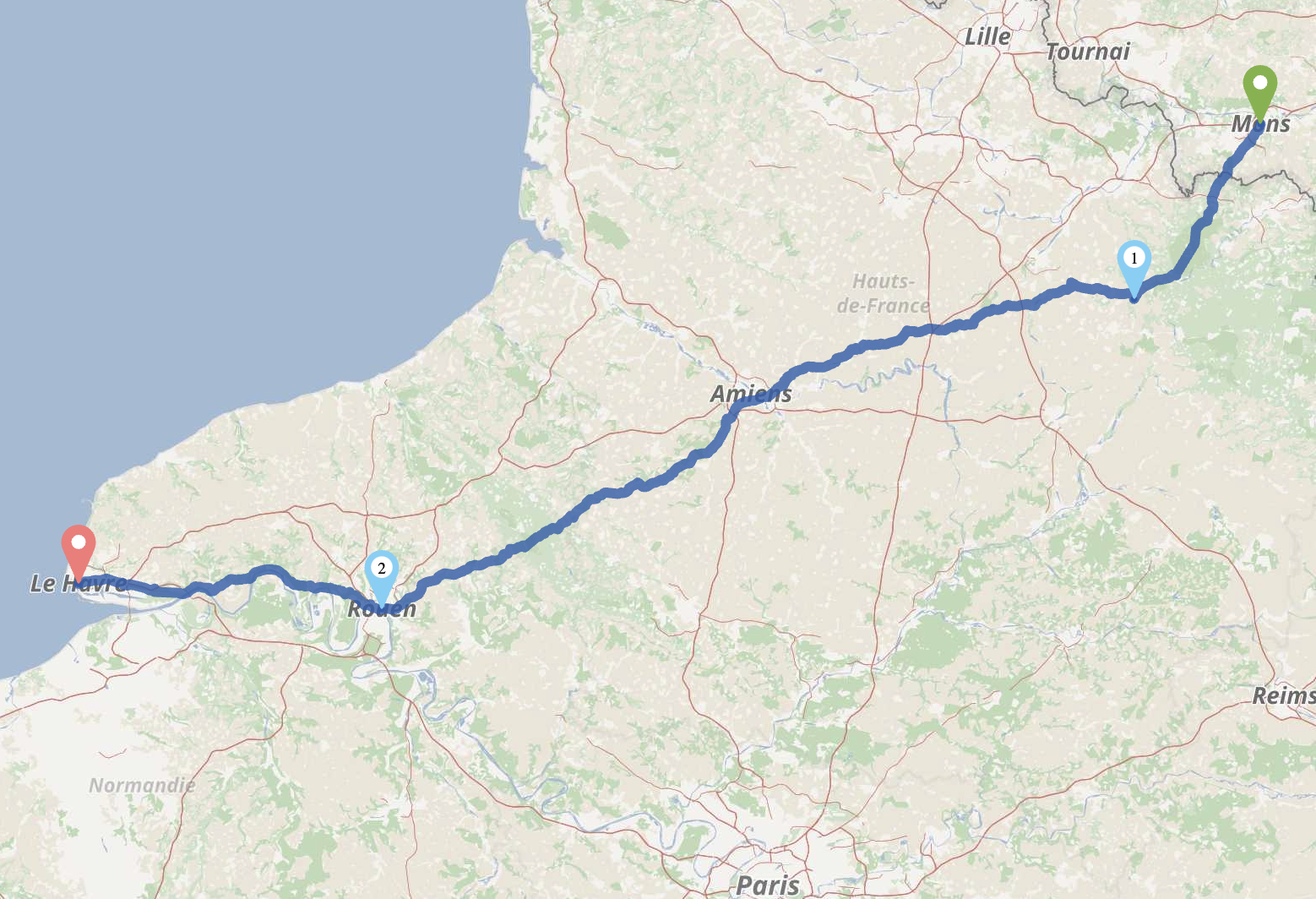Lions, Donkeys, or Something Else
David Christian
Most of my study on the The (First) World War has focused on the American involvement. Recently, I decided it was time to branch out. Immediately I found an issue absent in the American discussion: Lions & Donkeys, so as is my custom, I dove in.
I began reading about Field Marshall Douglas Haig and ended also reading about interactions with Field Marshall John French. To date I’ve read two biographies of Haig. The first was Haig: The Evolution of a Commander by Andrew Wiest, an American. The second, The Chief: Douglas Haig and The British Army by Gary Sheffield a Brit.
This essay is not about the lions, the men who serve perhaps became casualties of that war. I have no doubt that that the men British Expeditionary Force (BEF) fighting in The World War were lions. Their French and American allies certainly were so too. Instead it focused on military leadership in a time of crisis.
Why is this relevant today? While the United States is not at war, for the moment, I see some unsettling parallels in pre-America today with World War Britain. The United States has just come off two constabulatory wars, neither ending ideally, Iraq and Afghanistan. I have not seen the reconsideration of current approaches like we saw after the Vietnam debacle.
I was a military tourist, I volunteered as an enlisted man, did my time, and out. After receiving my Bachelor of Art, I found my way to tech. I’ve spent the last 30 years working in some form of IT. My roles have ranged from a single contributor, a manager and a executive/leader at varying times, depending on my desires and the needs of the organization. Most of that time time has been spent working with, but occasionally for, large companies. One thing is that experience taught me is culture flows from the top down.
Military and civilian cultures are not precisely the same. The military has a longer tradition. Yet it can be slowly subverted by a political environment and poor leadership at the top. Which leads me to Britain at the outset of The World War.
The convoluted start of The World War is out of scope for this essay, but the British had been concerned about the rise of German militarism for a least a decade and a half. British leadership presumably took a hard look at German and Austro-Hungarian capabilities and were worried.
John Haig and John French had been tied to each other for decades. They had served together the Second Boer War, Haig as French’s subordinate. After the War, they were involved in rebuilding the British Army, similar to what the US Army went through after Vietnam. French as a senior leader. Haig, more functionally focused on doctrine and training.
On the precipice, French and Haig had a meeting with Britains senior political leadership, French did not aquit himself well.
All armies exist on plans. Yet despite that, French, during that meeting he advocated for abandoning all prior planning and sailing the BEF into the Netherlands Scheldt estuary to Belgian port of Antwerp. It was understood by the politicians that the Dutch would vigorously defend their territorial water. During this meeting, French demonstrated that either he couldn’t read a map, or he could not understand the politics of the current situation, or both.
Haig and Winston Churchill reacted in sufficient horror that the idea was shutdown immediately. However, It demonstrated that French was subjects to flights of fancy.
 (A modern map of the Scheldt, southern Netherlands, and the Belgium border and port of Antwerp. Courtesy of Open Street Maps)
(A modern map of the Scheldt, southern Netherlands, and the Belgium border and port of Antwerp. Courtesy of Open Street Maps)
After that meeting, Haig, to his credit tried to suggest that French was not up to the job to King George V. However, it was more of a suggestion rather than a full throated warning. During peace time collegial atmosphere, it may be within bounds, acceptable to fail. Britain, however was on the brink of combat actions. Men’s lives hung in the balance.
In another example, Haig, again to his credit, intuited that the conflict was going to be a long one and his involvement in military training led him to suggest that some senior NCOs be set aside from deployment. They would be need to train the up and coming citizen army. He does not seem to have pushed the matter hard at all. He was ignored. The matter faded away.
Haig was an agreeable man.
Once the BEF was on the continent, French showed an inability to prioritize or understand his commands survival depended on the constructive interaction with the French Army. This manifested in two ways, he viewed everything presented by French General Joseph Joffre was perceived as a “suggestion”. Worse, he began actively blaming his erstwhile French allies for their failures, and leaving his flanks open at Mons and then again at La Cateau.
After La Cateau, he an announced his intention to march the BEF to behind the Seine River and to transfer his supply depots from Rouen, a city on the Seine, to Le Harve, a channel port.
 (A modern map of Mons, La Cateau (1), Rouen (2) and Le Harve. Courtesy of Grasshopper)
(A modern map of Mons, La Cateau (1), Rouen (2) and Le Harve. Courtesy of Grasshopper)
Secretary of State for War Kitchener sent a series of telegrams demanding an explanation. No reply was forth coming. French was ordered to the British Embassy in Paris and told in no uncertain terms to cooperate with French General Joseph Joffre and the French.
Finally, a year later, French was relieved due to a combination being out off his depth and suffering something just short of a nervous breakdown. Haig was promoted to lead the BEF.
Haig inherited a static stabilized, war of attrition, an unenviable position.
Haig, put his agreeableness to work and improved relations with the French, but it wouldn’t be until Americans landed in force, two years later, that the the Allies managed to pull together a formal joint-Allied chain of command.
Logistics were a were a huge problem for the BEF. Haig had to be goaded by the politicians into letting breveted civilians work on his transportation, chiefly rail, and supply issues. Haig, again putting his agreeableness to work, embraced this idea and smoothed his subordinates ruffled feathers. He did not however reach out and say, “I have a supply problem.”
Still, in the tactical realm, as Sheffield drove home, Haig did some very smart things. He went about executing small experiments, learning from success and failures. However, the former training chief failed to establish those successful results as doctrine. He’d make suggestions to his subordinates and his subordinates understanding they were suggestions would do as they wished.
Worse, as his failure to document and implementing the successful approaches as doctrine left the new citizens army hanging.
After the Americans were drawn into the war, Pershing, who both a competent and politically connected general was selected to be the AEF commander. After his selection, he met with President Wilson. For all of Wilson’s faults, and they were voluminous, he gave Pershing the wise marching orders to form an American army.
When Pershing arrived in Britain, prior to landing in France, the British were in a panic, the Russians were making a separate peace. Two and one half years of trench, stalemate warfare, were threatening to morph into something worse. The Central Powers would now redeploy their Eastern Front armies to the Western.
British politicians and Haig pushed integrate Americans into the British Army at the battalion level. Weeks later the French would pursue integration at the platoon level, one can only marvel at that proposal. In other words the British wanted to treat the Americans as just another British Commonwealth county contributing to the cause. The French politicians wanted something darker. Pershing held firm and finally Joffre intervened on the American’s behalf.
Unstated, was that the Americans had not come to France be slaughtered by British or French generals in trenches. Pershing stuck to his countries political leadership’s desires. He built an American Army. Pershing, it was fair to say could be formally correct, he was occasionally “chicken-shit”, at his core, he was not an agreeable man. He built the first modern Army nearly from scratch, in less than a year. A stupendous achievement.
The American Expeditionary Force (AEF) fought along side the French Army, at the divisional level, eventually building strength to become a formal Army in their right. The AEF had growing pains, for sure. Their training was not deep and emphasized “open warfare”, still as the AEF worked it’s way up the through the Ardennes, it relieving pressure on the BEF and French Armies and allowed them them to make their own gains.
Haig was was not a stupid man, a donkey. Haig was a Victorian gentleman and overly agreeable. He failed to strongly intervene and command his subordinates to establish a cohesive proven doctrine. He failed to stongly confront his superiors strongly about John French. In both cases, this resulted in being profligate, agreeably, with the lives of his troops.
Haig chose to be agreeable rather than difficult.
Bringing us to modern concerns and the current leadership of the US armed forces:
My staff and I (sic), we talked about this quite often about how how do you best articulate this and and one of the examples that are analogies that was shared with me that I think is actually makes it very simple to understand and you for diversity in inclusion and equity you really want to be invited and have the opportunity to participate and … for those who can go back to eighth grade and you went to the eighth grade dance you know you want to be invited to the dance and then once you get there that’s the diversity that you have an opportunity to come to the dance but the inclusion and equity part is that you get asked to dance you’re not just there at the dance and so it’s for an aspect of the United States Air Force the things I think about is not only having diverse you know slates of candidates for some key positions but it’s also that you have to select some of those individuals into those key positions and that’s a key aspect of what i’m focused on as a chief of staff is you can’t let it just be happenstance that brings in the diversity whether it be race gender ethnic background sexual orientation socio background… US Chaiman of the Joint Chief of Staff, Air Force General CQ Brown Junior
Brown, like his predecessor General Mark Milley, appears to either to believe in racism, despite his doublespeak denial, or really believes bringing the weakest member of the team get’s invited to the dance is a strategy for victory. The United States Military is not an eighth grade dance, especially at the senior levels he is discussing. He is either willingly parroting the collectivist party line or he believes it. Apparently an Brown, like Haig and Milley, is an agreeable man. Perhaps he can grow into the role, but it is wise to be concerned.
If you think this is a partisan issue, it is not, Brown and Milley were nominated by the Trump Administration.
If one doesn’t look back at historical analogs to guide current military personnel and culture choices, one is a fool. If the US has another shooting war, good people are likely to die unnecessarily. That is not an agreeable notion.